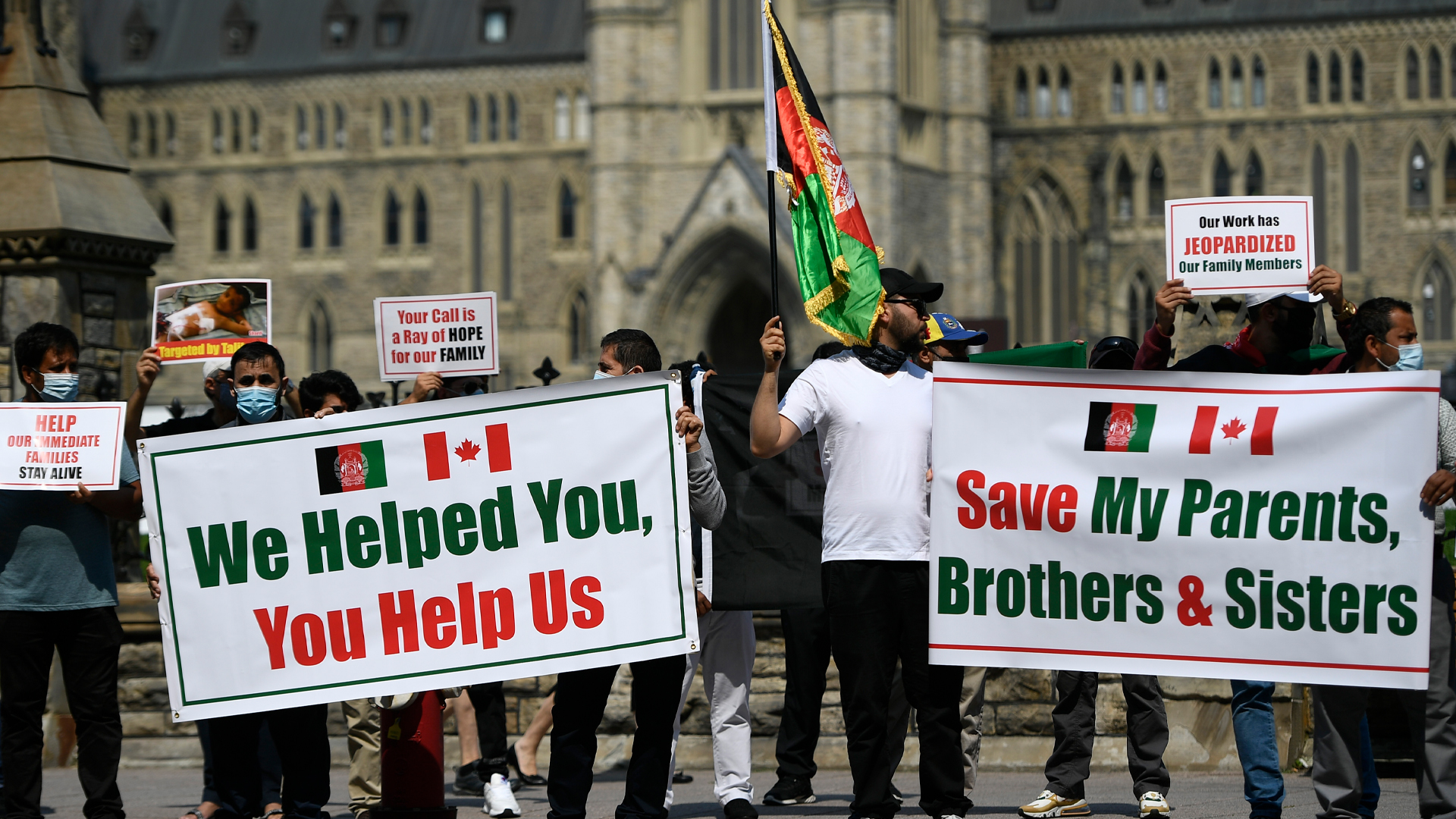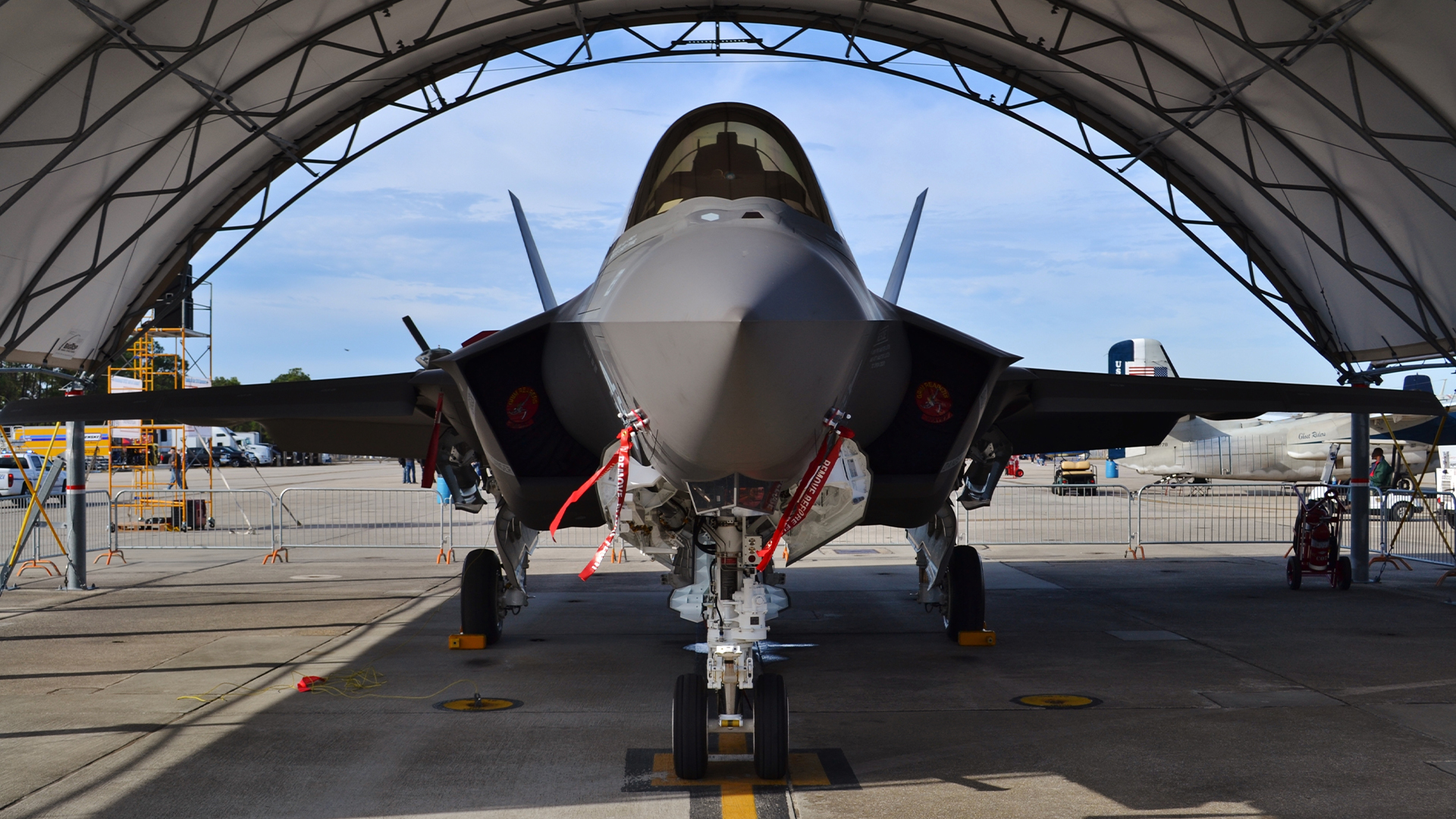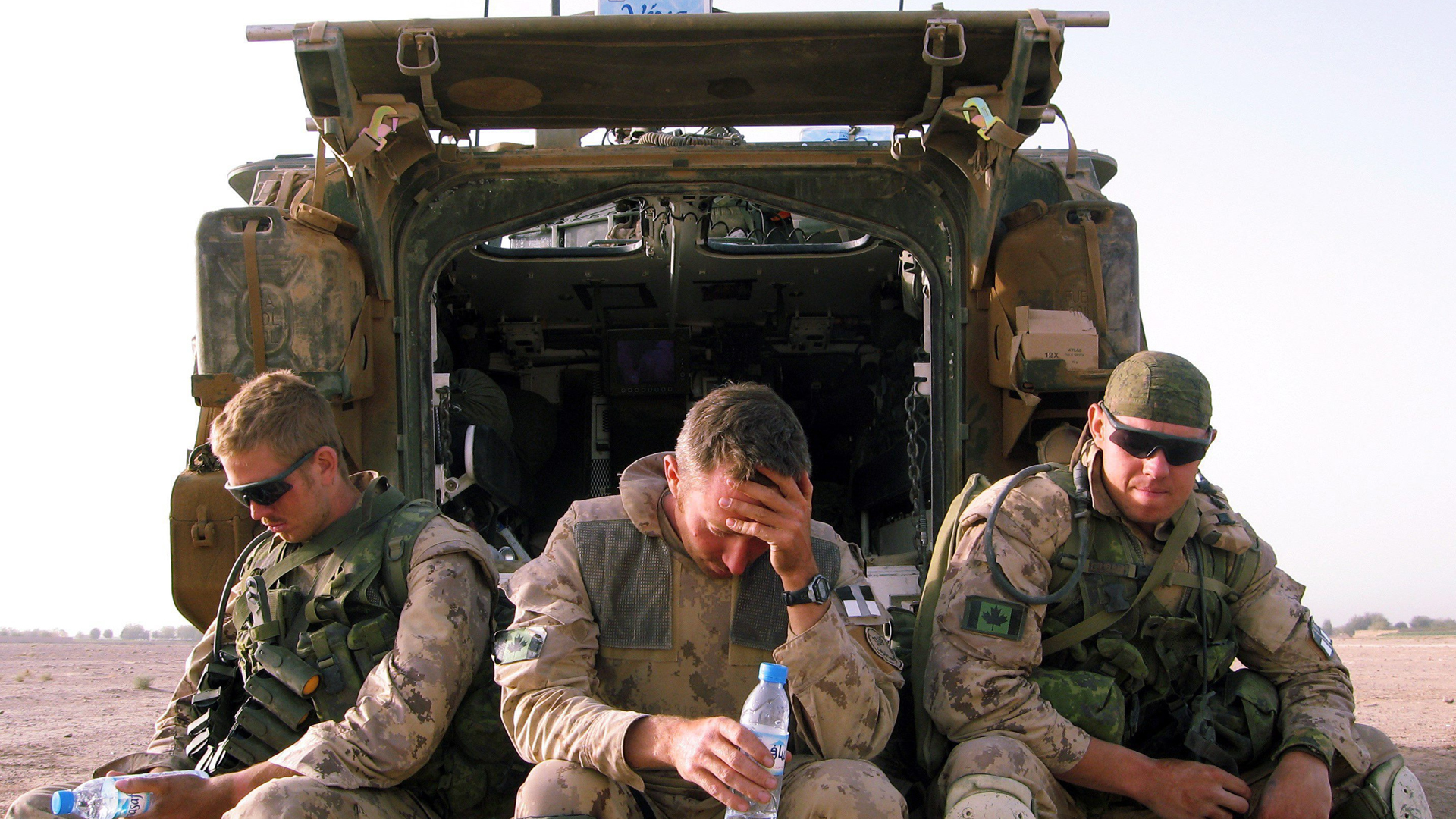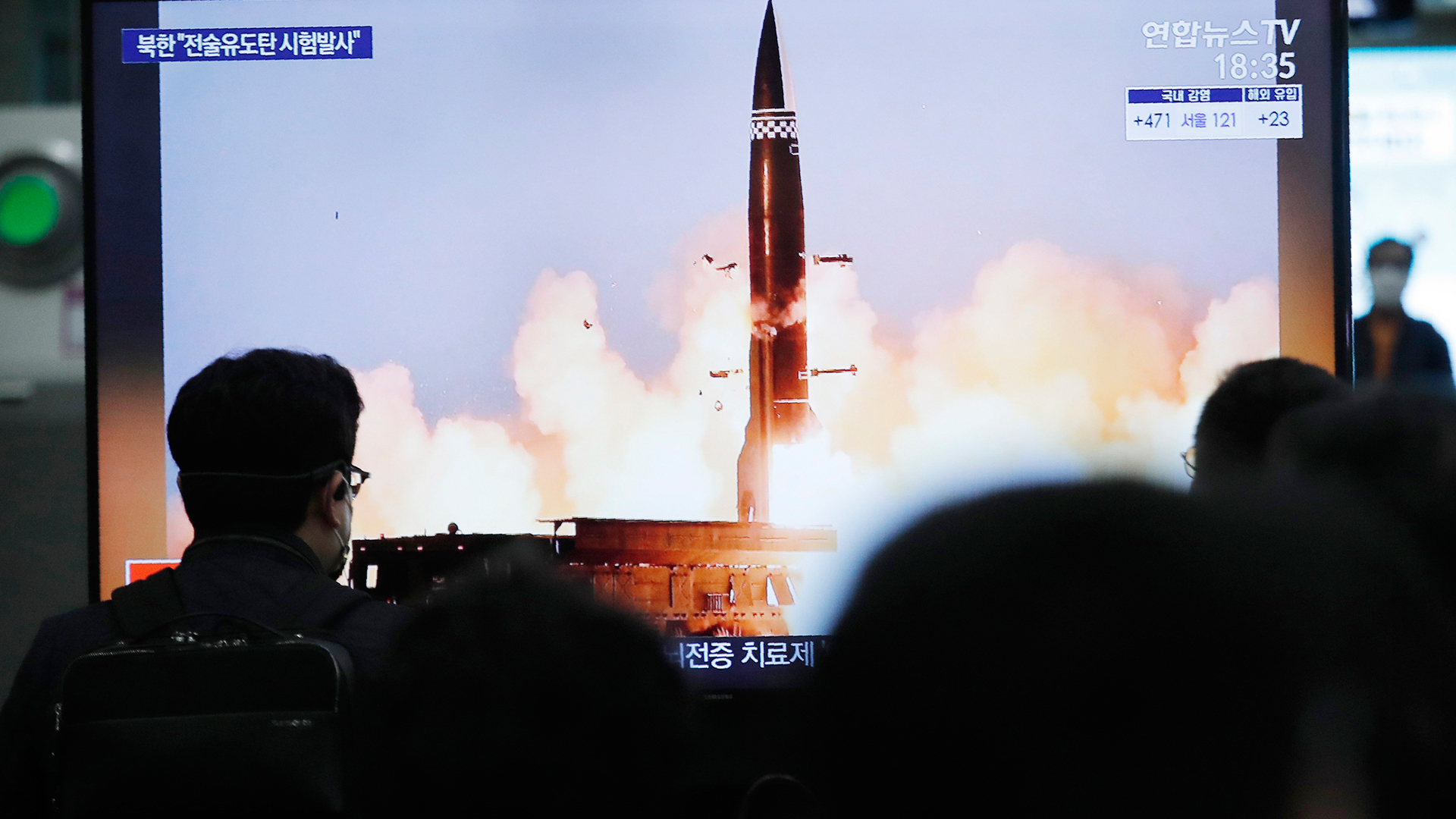
Justin Trudeau and the Liberal Party surprised many observers by winning a majority of seats in the 2015 federal election. Their election means that greater attention should now be paid to the Liberal Party’s campaign promises on defence, especially their plan to reject Canada’s participation in the F-35 program to free up capital funds for naval renewal.
Clearly, this plan is meant to showcase the Liberal Party’s bonafides on defence matters, while refocusing attention on the Conservatives’ problematic F-35 program. But it was also designed to address a very real defence procurement problem – namely, a force structure-funding gap the Parliamentary Budget Officer estimated to be $33-42 billion.
This is not to deny there have been some key procurement successes in recent years, such as the modernization of the Auroras and Halifax-class frigates, and the further life extension of the CF-18s. Yet most of these projects have been about modernizing or extending the life of existing platforms, rather than fleet-replacement per se, and fleet replacement is especially pressing for the Royal Canadian Navy (RCN).
There are examples of fleet replacement delays. The first Arctic Offshore Patrol Ship (AOPS) will arrive by 2018 — five years late. The RCN will likely have to wait until 2025 before it receives the Canadian Surface Combatant (CSC) – or more than a decade after its initial 2015 projection. The Queenston-class joint supply ship (JSS) had an original delivery date of 2013, but will likely be delayed until 2020 or so.
These delays have a deleterious impact on the capital budget itself. This problem comes down to the issue of defence inflation. Budgeted funds are pegged to particular years, and this amount is not increased, even when delays in procurement projects or the inability to spend earmarked capital funds lead to the reprofiling of money to later years. As a result, the Canadian Armed Force’s (CAF) capital budget has been steadily reduced in purchasing power, a reduction that is magnified by the steadily declining Canadian dollar.
Barring an increase in the capital budget, the outcome will inevitably be further “shaving of the ice cube,” with a reduced number of platforms and/or trimmed capabilities. A case in point is the JSS. The initial plan was for three ships; this has been reduced to two, with their envisioned sealift capabilities pared down. The number of AOPS’s has also declined – from the original six to eight ships down to only five, with characteristics like speed reduced.
Meanwhile, the Auditor General’s 2013 report raised important questions about whether the CSC’s acquisition budget of $26.2 billion was really sufficient, citing projected cost increases that had not been taken into account. In October, then defence minister Jason Kenney gave the first signal that the CSC fleet, supposed to be 15 ships, could be reduced to as few as 11. There have even been discussions about possibly reusing systems from the RCN’s existing fleet in the new vessel. Most recently, it was revealed that consultancy firm A.T. Kearney had undertaken a cost analysis of the ships that projected the acquisition cost to be $42 billion – or $16 billion more than the CSC budget (and more than double the original $14 billion set aside for the ships’ design and construction).
To be sure, the Liberals should be commended for recognizing the unsustainability of the status quo, especially as it concerns the large naval procurement projects currently underway or on the horizon. Without an increase in capital funds, the number of naval platforms and their capabilities will inevitably decline. However, the Liberal solution to this procurement challenge requires further scrutiny and is ultimately unlikely to be sufficient to offset these budgetary shortfalls.
A key part of the Liberal defence platform is to cancel Canada’s involvement in the F-35 program, in what amounts to a recalibration of procurement priorities to give additional funds for the RCN. It promises an open competition for Canada’s next fighter aircraft, but provides the example of the Super Hornet in the context of relative costs, so it seems only fair to look at the possible cost savings of these respective platforms.
The Liberal platform states that the fly-away cost of the F-35 is $175 million, compared with the Super Hornet’s much more reasonable price of $65 million (both are priced according to an 80-cent dollar). Yet a closer look reveals that these figures misrepresent the real difference in cost between the two aircraft.
For instance, the F-35 has in recent years shown much greater stability in its fly-away cost projections and production numbers over successive US Air Force (USAF) defence budget requests. These figures also reveal a consensus that F-35 production rates will indeed ramp up by the end of the decade, just in time for Canada’s acquisition needs. By 2020, the USAF FY2016 budget request shows the unit fly-away cost dropping to US$91.4 million, or US$100 million (2020 dollars) if one includes simulators, ground equipment and other support costs. With actual prices lower than planned in recent years, Canada could pay less than the USAF budgeted amount, perhaps even the US$80 million fly-away cost that Lockheed Martin had hoped to achieve by 2019.
In comparison, the F/A-18E Super Hornet was last purchased by the US Navy in 2013. In its FY2013 budget request, the aircraft has a listed fly-away cost of US$65 million, and US$80 million (2013 dollars) if one includes support costs. The foreign military sales (FMS) charge per aircraft would add another US$5 million or so. With several years of inflation, the aircraft would then have a fly-away cost of $80 million and US$97 million (2020 dollars) with support costs (the latter figure is roughly comparable to the F-35). Moreover, the Super Hornet will face rapidly declining production numbers that will likely increase its price even further – assuming the production lines are even open at that point.
Also uncertain are operations and sustainment costs for these aircraft. Boeing claims a cost of US$16,000 per flight hour for the Super Hornet, compared with the US$31,000 for the F-35. Yet Australia has been operating the Super Hornet for several years, and it has found the operating cost to be closer to US$24,000 – a fact that likely arises from the Super Hornet’s lack of fuel efficiency and the small size of the Australian fleet. Meanwhile, the Royal Australian Air Force estimates the F-35 to have a cost of US$21,000 per flight hour.
What all this means is that the Liberal government might not find much in the way of savings if it opted for the Super Hornet instead of the F-35 – or indeed other aircraft (Typhoon, Gripen, Rafale), which are often just as expensive. More fundamental and indeed drastic measures will be needed to overcome the inextricable and mounting pressure on the CAF’s force structure and fleet-replacement plans.
One possible solution is to reduce the size of the regular forces. The Conservative government was keen to expand regular forces levels to 70,000, and did succeed in increasing force levels by 6,500, to 68,000, over its tenure. Yet, partly as a result of this expansion, personnel costs make up a disproportionately large portion of the defence budget, at roughly 50 percent. In contrast, capital spending had fallen to a modest 14 percent by 2012-13. As a result of this budgetary disparity, a relatively small decrease in manpower levels could cause a significant increase in how the forces are equipped.
Admittedly, this would have a disproportionate impact on manpower-intensive services like the army. Yet at least compared with the Liberal plan, which had sought to find savings from the RCAF, more funds could potentially be accrued by rebalancing manpower and capital. In addition, force regeneration for the army is always a possibility at a later date.
Another possible solution is to shrink the CAF’s basing infrastructure. The Canada First Defence Strategy’s spending plans envisioned an increase in infrastructure spending, which would represent a sizable 8 percent of the plan’s envisioned funding envelope – funds that would be used to maintain DND’s 21,000 buildings or bases that do not even house operational units. As Eric Lerhe notes, quoted by Blair Watson, allies like the United States and the United Kingdom spend a much smaller percentage on infrastructure, as do Australia and the Netherlands. Other countries, for example France, are moving to reduce their base infrastructure.
In an ideal world, the government would simply increase defence spending in order to overcome the CAF’s long-term procurement challenge. Yet it seems highly unlikely the new Liberal government would do this, especially as it has already made a number of other electoral spending promises. If it does not increase defence spending, the government will need to look at ways it could better use the current defence budget. Yet the solution it arrives at is unlikely to be sufficient to solve this problem.
More radical measures will likely be required if the government wants to achieve more bang for its buck, at least at a time of a constrained defence budget. At the very least, it would behoove the government to explore in its promised defence review the issue of manpower levels and basing infrastructure.
This article is part of the Equipping the Military special feature.
A longer version of this piece was published as a CDA Institute Analysis. The views expressed here are those of the author and do not necessarily reflect those of the CDA Institute.
Photo credit: Canadian Forces Combat Camera, DND / Crown Copyright








